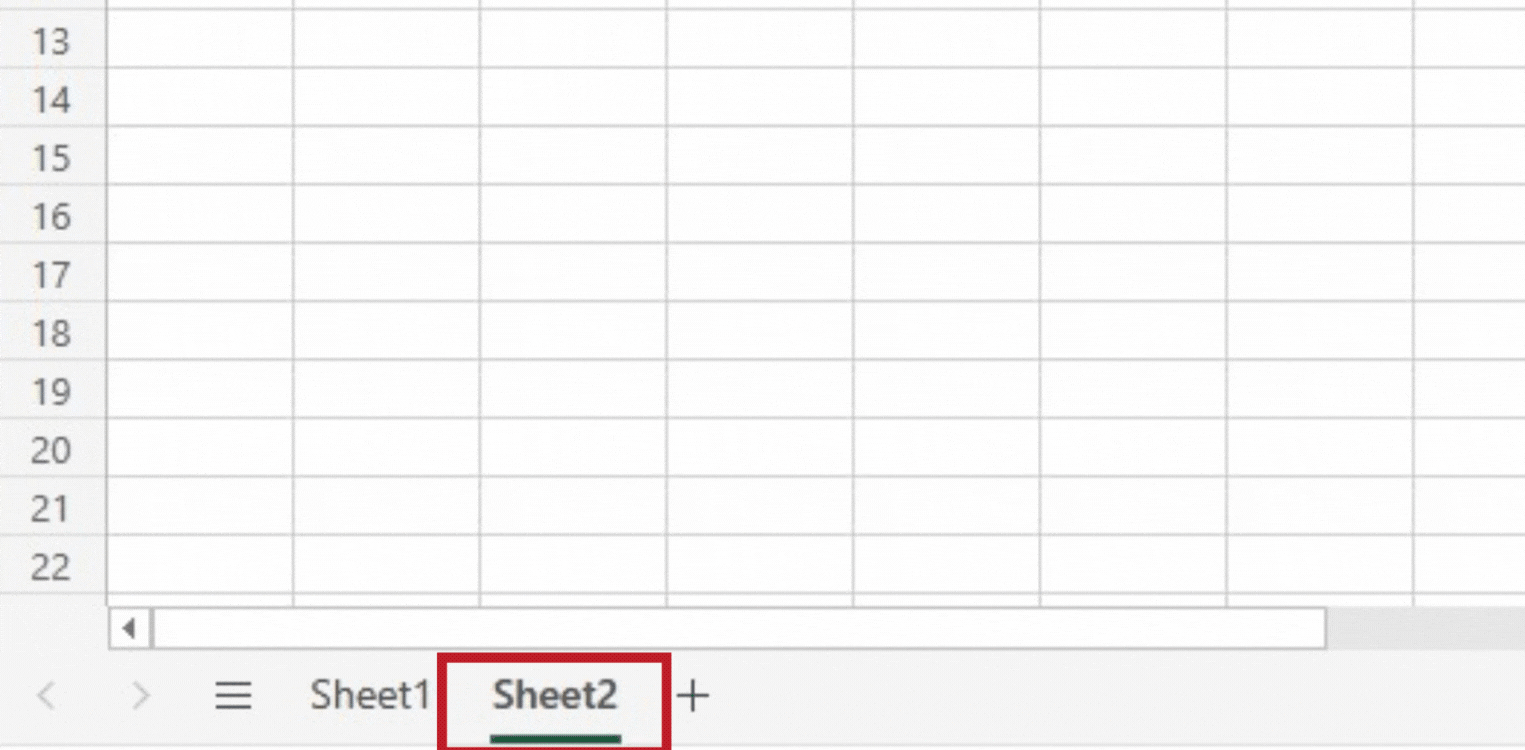Naval Customs and Courtesies

Introduction to Naval Customs and Courtesies

Naval customs and courtesies are an integral part of the naval tradition, serving as a foundation for the professionalism and discipline that are expected of all naval personnel. These customs and courtesies are deeply rooted in history and have been refined over time to reflect the values of respect, honor, and loyalty that are central to naval service. Understanding and adhering to these customs is essential for building cohesion, maintaining order, and promoting a sense of pride and belonging among naval personnel.
History of Naval Customs and Courtesies

The history of naval customs and courtesies dates back to the early days of sailing, when ships at sea were isolated communities with their own rules and traditions. Over time, these customs evolved to reflect the changing nature of naval warfare and the growing professionalism of naval forces. Today, naval customs and courtesies are an essential part of naval life, influencing everything from the way personnel address each other to the ceremonies and rituals that mark important events and milestones.
Key Customs and Courtesies

There are several key customs and courtesies that are unique to the naval service. These include: * Saluting: Saluting is a fundamental custom in the naval service, used as a sign of respect and courtesy. Personnel are expected to salute officers and certain other individuals, such as the flag and the national anthem. * Addressing Officers: Naval personnel are expected to address officers using their proper titles and ranks, such as “Captain” or “Commander.” * Wearing Uniforms: The wearing of uniforms is an important custom in the naval service, with different uniforms prescribed for different occasions and duties. * Participating in Ceremonies: Naval personnel are expected to participate in various ceremonies and rituals, such as the changing of the guard and the observance of holidays and special events.
Courtesies on Board Ship

On board ship, there are several courtesies that are unique to the naval service. These include: * Requesting Permission: Personnel are expected to request permission before entering certain areas of the ship, such as the bridge or the captain’s quarters. * Using Proper Terminology: Naval personnel are expected to use proper terminology when referring to parts of the ship, such as “port” and “starboard” instead of “left” and “right.” * Showing Respect: Personnel are expected to show respect to their superiors and to the ship itself, by observing proper customs and courtesies at all times.
Importance of Naval Customs and Courtesies

Naval customs and courtesies are important because they: * Promote Discipline: By observing proper customs and courtesies, naval personnel demonstrate their commitment to discipline and professionalism. * Foster Cohesion: Naval customs and courtesies help to build a sense of community and cohesion among naval personnel, by providing a shared set of values and traditions. * Reflect Naval Values: Naval customs and courtesies reflect the values of respect, honor, and loyalty that are central to the naval service.
📝 Note: Observing proper naval customs and courtesies is essential for all naval personnel, as it helps to promote a sense of professionalism and discipline, and reflects the values of the naval service.
Challenges and Opportunities

Despite their importance, naval customs and courtesies can present challenges and opportunities for naval personnel. For example: * Cultural Differences: Naval personnel from different cultural backgrounds may have different customs and traditions, which can sometimes conflict with naval customs and courtesies. * Changing Nature of Naval Service: The naval service is constantly evolving, with new technologies and new challenges emerging all the time. This can sometimes require changes to naval customs and courtesies, in order to reflect the changing nature of the service.
Best Practices for Observing Naval Customs and Courtesies

There are several best practices that naval personnel can follow in order to observe proper naval customs and courtesies. These include: * Familiarizing Yourself with Naval Traditions: Naval personnel should take the time to learn about naval customs and courtesies, and to understand their significance and importance. * Practicing Proper Etiquette: Naval personnel should practice proper etiquette at all times, by observing proper customs and courtesies and by showing respect to their superiors and to the ship. * Seeking Guidance: If naval personnel are unsure about a particular custom or courtesy, they should seek guidance from their superiors or from other experienced personnel.
| Custom or Courtesy | Description |
|---|---|
| Saluting | A sign of respect and courtesy, used to greet officers and other individuals. |
| Addressing Officers | Using proper titles and ranks to address officers, such as "Captain" or "Commander." |
| Wearing Uniforms | Wearing prescribed uniforms for different occasions and duties, such as dress uniforms or working uniforms. |

As naval personnel continue to serve and protect their countries, they must also continue to observe and respect the customs and courtesies that have been passed down to them. By doing so, they will be able to promote a sense of professionalism and discipline, foster cohesion and community, and reflect the values of respect, honor, and loyalty that are central to the naval service. In the end, the observance of naval customs and courtesies is not just a matter of tradition, but a vital part of what it means to be a naval professional.
What is the purpose of naval customs and courtesies?

+
The purpose of naval customs and courtesies is to promote discipline, foster cohesion, and reflect the values of respect, honor, and loyalty that are central to the naval service.
How do naval customs and courtesies contribute to a sense of professionalism?

+
Naval customs and courtesies contribute to a sense of professionalism by providing a shared set of values and traditions that naval personnel can follow, and by promoting a sense of respect and discipline among personnel.
What are some common challenges to observing naval customs and courtesies?

+
Some common challenges to observing naval customs and courtesies include cultural differences, the changing nature of the naval service, and a lack of familiarity with naval traditions.



